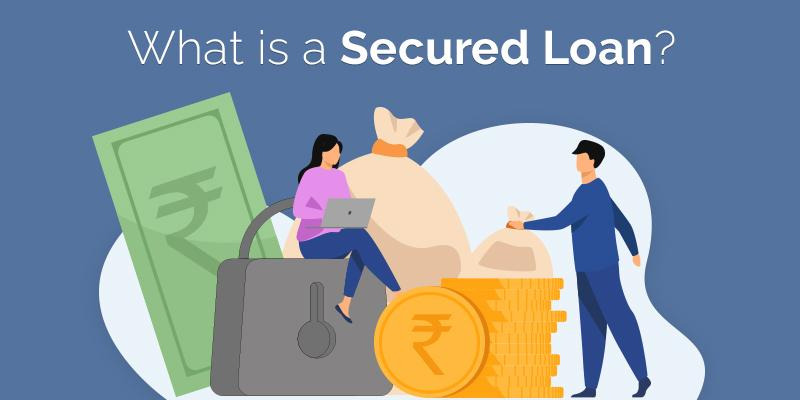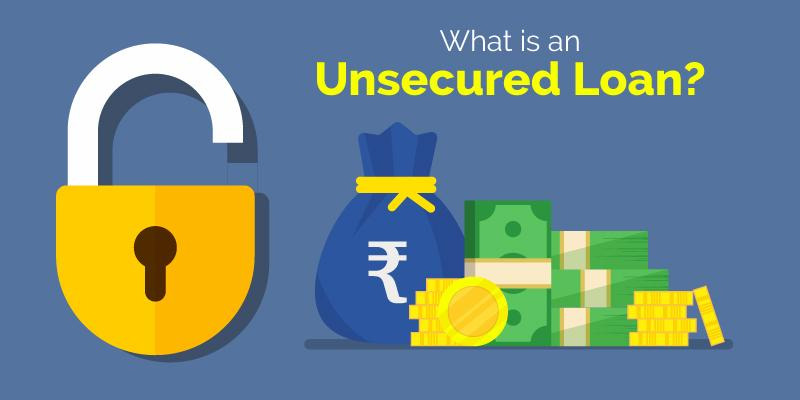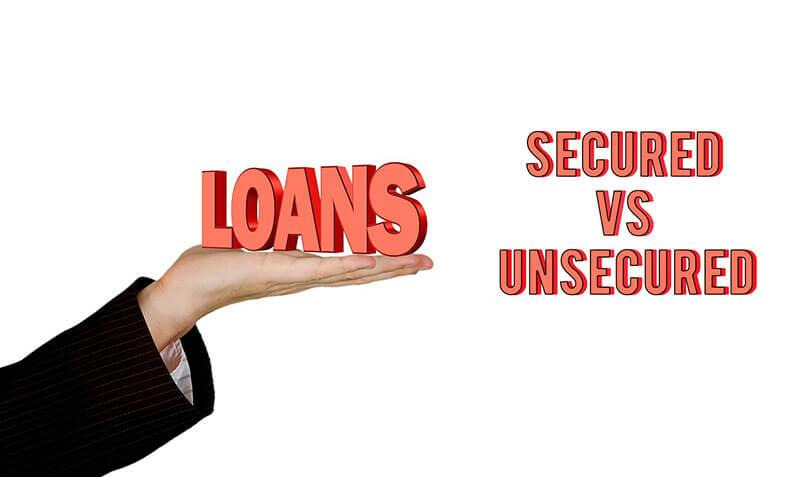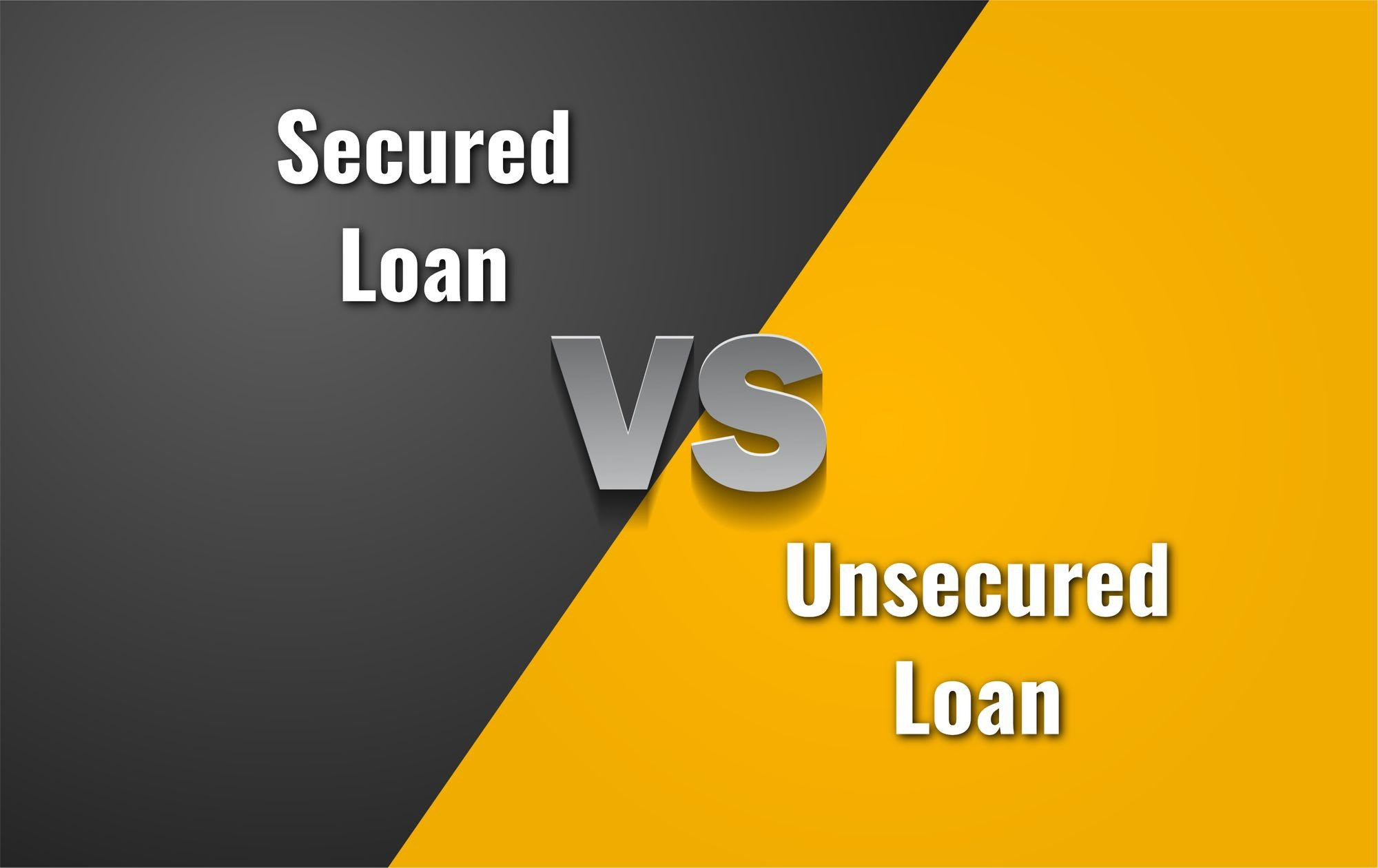There are several types of consumer loans. Auto, Mortgage, Medical, student, vacation, payday, home equity, debt consolidation, personal, credit cards, and installment loans are just to mention but a few.
While there are several types, there are only two kinds and the difference between both is the place of collateral. There is the secured, as well as unsecured kind. For more information about the various types and kinds of consumer loans and their peculiarities, you can check this to know more about it.
People often ask whether secured loans are more cost-effective than unsecured loans or vice versa. You will find the answer to this question here in this article. This is provided you keep reading. But first, you need to understand the key difference between secured and unsecured loans.
What Is a Secured Loan?

A secured loan is a loan extended to a person on the grounds that suitable collateral is pledged as security for the loan. It is referred to as a secured loan because of the significantly reduced risk taken by the lender.
The fact that there is a security for the offered loan explains why this is the case. Speaking of the pledged collateral, its suitability is a major factor in deciding whether loans of this nature will be granted or not.
There are general rules in certain places on what qualifies as suitable collateral for loans of this nature. In a place like Norway for instance, the general rule is that the lent amount would not exceed 85 percent of the collateral’s worth.
For example, if the pledged collateral’s value amounts to 1,000,000 Norwegian kroner, the borrower cannot secure funds exceeding 850,000 Norwegian kroner. This is because 850,000 Norwegian kroner is 85 percent of the value of the pledge collateral.
However, this is more or less a general rule as lenders have the prerogative to adjust the rate. To this end, some are more stringent, while some are more lenient in this regard.
What Is an Unsecured Loan?

This is a loan that is granted to the borrower without collateral pledged by the borrower against the borrowed amount. The lender just holds the borrower to his/her/their word. The significant amount of risk taken by the lender is why it is referred to as an unsecured loan.
Of course, certain yardsticks are used to determine who qualifies for such. One such and very crucial one at that is the credit score of the borrower. This is an organized rating system that assesses how creditworthy a person is based on factors including:
- Debt profile
- Payment history
- Credit age
- Credit Inquiries
- Credit mix
- Credit utilization
- Credit history’s period
- Financial public record
- Available credit
- Financial behavior
All of the aforementioned and more determine a person’s score in varying degrees. For example, utilization is more of a significant factor than inquiries in this regard.
Improving these scores requires more than just knowing the several things that can help a person build it. Knowledge of how much impact the various actions required can have is also essential.
How Secured and Unsecured Loans Compare in Cost?

Securing cheap loans should be a priority for people in need of credit lines. This is because of the benefits of doing so, as well as the numerous pitfalls of costly loan deals.
This has led to many people asking whether secured loans are cheaper than unsecured loans or vice versa. Frankly, it could be very tempting to say that secured loans are way better in this regard. However, it is important to judge after seeing the bigger picture. To this end, here are some points to help prove which of either is cheaper:
Interest Rates
The lender takes a huge risk by offering unsecured loans. This is because the failure or inability of the borrower to repay the loan means that the lender will be running at a loss.
There are even cases in which debt collection services are engaged, which cost money. As a result of this significant risk taken by such lenders, interest rates on such loans are usually high.
On the flip side, secured loans are usually cheaper in this regard. The fact that there is pledge collateral serving as security for the lender is the reason for this. So, they are usually cheaper going by interest rate alone. However, there is more to determining the cost of a loan than this alone.
Collateral Requirement
Of course, a secured loan increases the chances of a borrower getting a low-interest loan. However, this comes at a cost; one that can be very costly. The collateral is that cost.
There is always the possibility of being unable to fulfill expected obligations as a borrower. This is regardless of how slim the chances are as things may not just go according to plan.
Going by this, unsecured loans are safer. This is even though they are usually more expensive to maintain. In light of this, people who are truly in a position to choose between secured and unsecured loans need to take note of this before making their choice.
Credit Score Influence
A loan applicant’s credit score is significant when getting either kind of consumer loan. However, it is more of an influence for one kind than the other. An applicant’s score is more significant with an unsecured loan than with a secured loan.
For one, a bad score could nullify the chances of an applicant being granted forbrukslån uten sikkerhet, which is the Norwegian translation of unsecured consumer loans. The reason is that a bad score strongly suggests that the applicant is a huge risk. The fact that there is no collateral pledged even makes it riskier for the lender. Such an applicant will most likely get a very high-interest loan if he/she/ they end up finding one.
Although not as important in the scheme of things, an applicant’s score is also important with a secured loan. Its importance is mostly down to deciding the terms and conditions. So, people with good scores will even get much better deals. More often than not, it does not determine if a secured loan will be granted. This is as long as the pledged collateral is suitable enough.
Amount
People who need to borrow very large amounts can be restricted with unsecured loans. This is because of how difficult it may be to borrow large amounts with this kind of loan.
By the way, lenders usually have caps on the maximum amounts that can be borrowed. In a place like Norway for instance, the maximum amount that can be borrowed with this kind of loan is set at 600,000 Norwegian kroner.
For the record, some lenders would not go any close to this amount. Some even specialize in offering micro and small loans. This is instead of offering credit lines of up to this amount.
As a result, some borrowers in need of huge sums end up borrowing from several sources to make up for these restrictive caps. Doing so significantly increases the overall loan cost.
As it pertains to secured loans, the amount that can be borrowed is largely determined by the collateral’s value. The only deterrence would be if the collateral is not valuable enough.
On a Final Note
By and large, there are advantages, as well as disadvantages, of secured and unsecured loans. Knowledge of these pros and cons can help prospective borrowers in choosing the right kind of consumer loan.
Furthermore, it is worth mentioning that there are people who do not qualify for both options. For example, some individuals have poor credit scores but suitable collateral. Such people can make the most of secured loans if they are disciplined enough to service a secured debt to avoid the possibility of losing their pledged collateral. It is just about understanding your options and making the right decisions.
































































